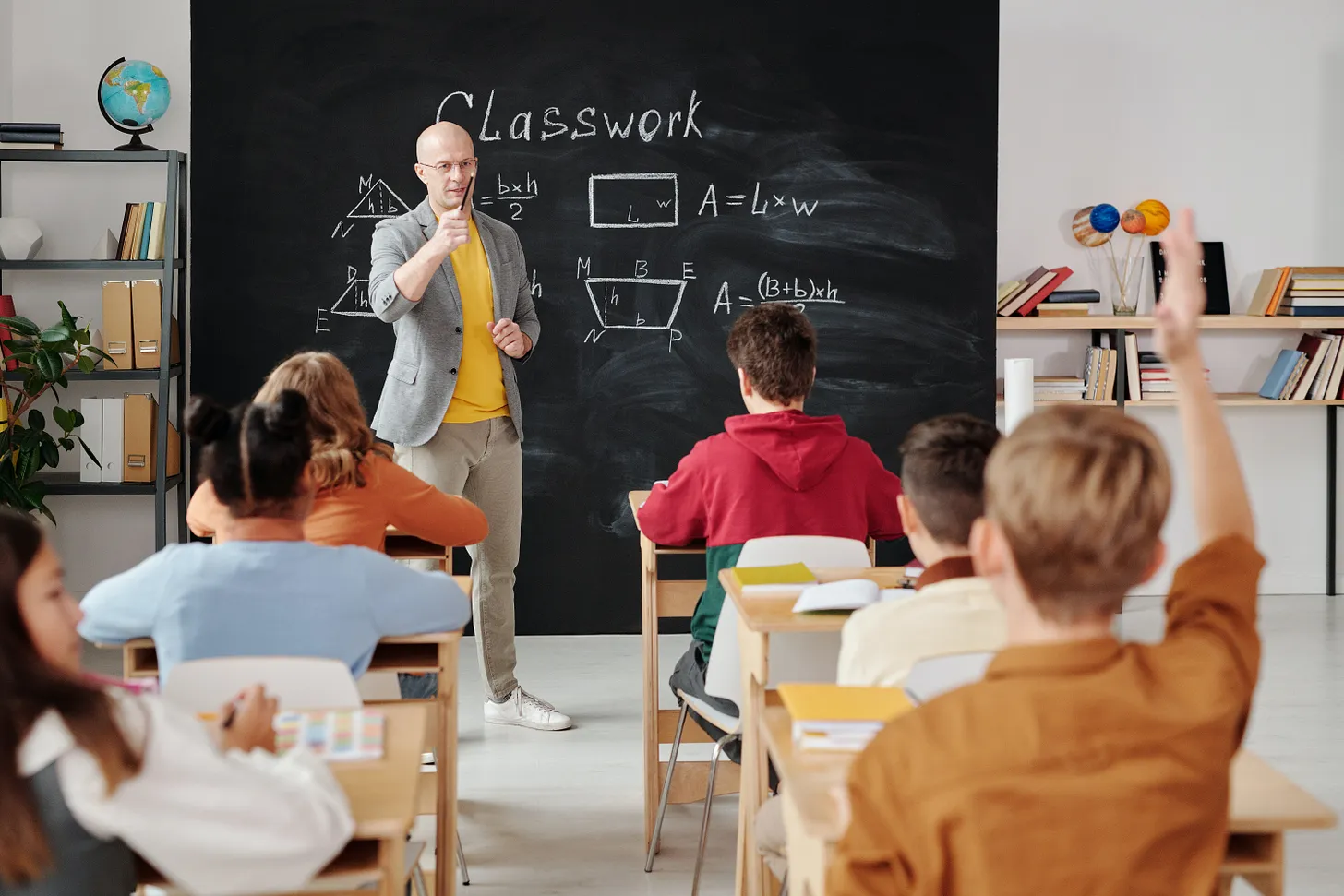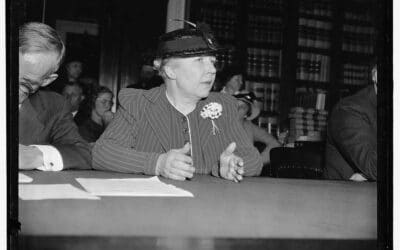Since the beginning of the COVID-19 pandemic, America’s parents have shifted nearly 2 million students from public schools to alternatives that include private schools and home schooling. For public schools, that represents a loss of about 4% of their enrollment.
Expect the exodus to grow larger, as the United States is undergoing a major change in philosophy regarding publicly-funded K-12 education, away from funding government-run school systems and toward funding individual students—with parents getting to choose where their children learn.
In June, Arizona put itself at the leading edge of that shift: Every Arizona family can now direct about $7,000 a year per student toward the education solution of their choice. Funds can be used for private schools, home schooling, tutoring and online learning.
Arizona also provides free choice among public schools—rather than being forced into a particular school by neighborhood, parents who prefer public schools can pick whichever one they want, first-come first-served.
Defenders of the status quo typically characterize school-choice laws as “taking money away” from public schools, recoiling at the very idea that government money would be spent anywhere other than a government institution.
However, that’s already how the great majority of publicly-funded education and other entitlements work, without uproar.
“We have Pell Grants for low-income students for higher eduction, we have the Head Start program for pre-K where you can pick public, private, religious or non-religious,” said Corey DeAngelis, a senior fellow at the American Federation for Children, on Michael Malice’s “Your Welcome” podcast.
“We have food stamps where the money goes to the person and you can pick Walmart or Trader Joe’s…it doesn’t go to a residentially-assigned, government-run grocery store. That would be absolutely ridiculous.”
Meanwhile, those who say school choice programs will drain public schools of huge sums of money are implicitly asserting that, were it not for a system that protects public schools from competition—by granting them a monopoly on the use of public K-12 funds—a great many more parents would send their children elsewhere.
For decades, public school monopolies have been protected by a particular, self-reinforcing power dynamic:
- Powerful teacher unions overwhelmingly favor Democratic politicians. Exhibit A: Democrats have received 99.94% of congressional contributions from the American Federation of Teachers in 2022.
- Democratic politicians protect public school monopolies by opposing voucher and other school choice programs, while relentlessly pushing for increased public school funding
- Increased funding enables the hiring of more public school staff
- Larger staffs mean more union dues, enriching teacher unions and increasing their political power…and the cycle repeats
Today, however, there are large cracks in the foundation of this monopoly-protecting fortress, and the government response to the COVID-19 pandemic has been a big factor.































